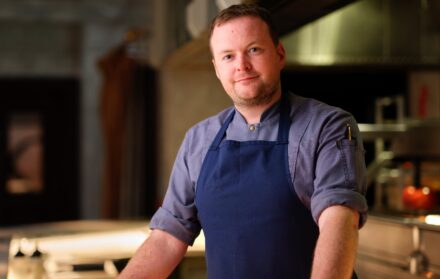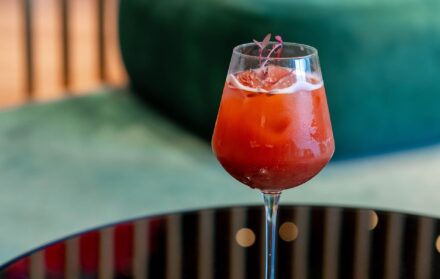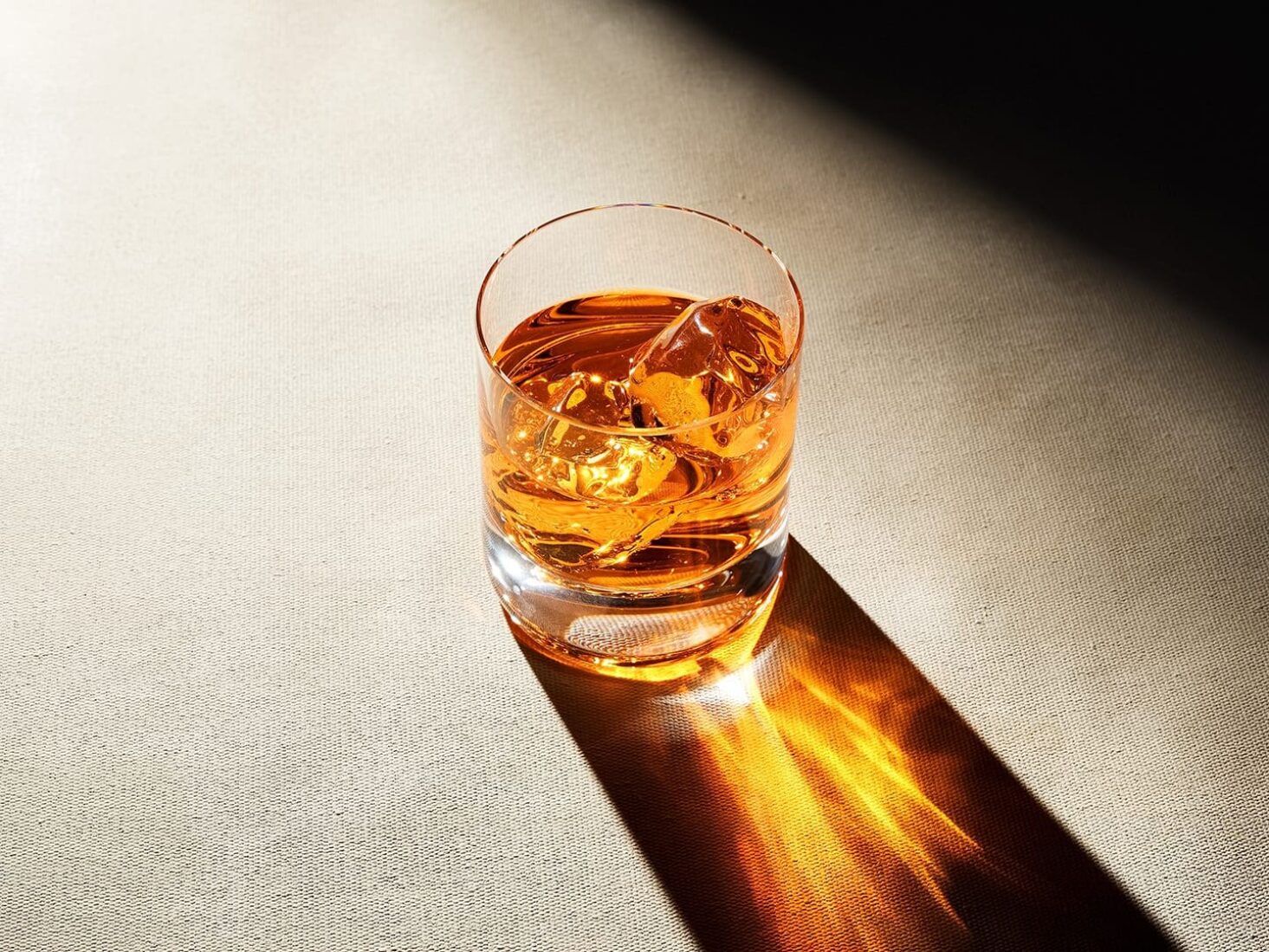
The beginner’s guide to whisky
Intrigued by the world of sherry casks and single malts but not sure where to start? To mark World Whisky Day 2023, allow us to educate…
Deriving from fermented grains, whisky is an ancient spirit with a long, rich history. Say whisky, and think Scotland, where the distillation process originated hundreds of years ago and which, to this day, remains home to some of the world’s finest drams. Fun fact – the word ‘whisky’ derives from the Scottish Gaelic translation of ‘uisge beath’ (the Latin term for distilled alcohol) which loosely translates to ‘water of life’ – and whisky lovers would certainly agree with that definition.
Whisky is thought to have first been introduced in Scotland via Christian missionary monks attempting to replicate winemaking but without access to grapes. However, another theory is that Highland farmers may have discovered how to distill spirits using surplus barley (whisky can be made from barley, corn, rye, or wheat). It’s not only Scotland that’s famous for the spirit: let’s not forget the Irish, Japanese, and American varieties. Pro tip: when it comes to the spelling, ‘whisky’ refers to Scottish, Canadian, and Japanese grain spirits, while ‘whiskey’ refers to those distilled in Ireland and the US. The UK has a soft spot for both, with Jack Daniel’s and Famous Grouse being the best-selling brands in 2022.
To celebrate World Whisky Day on 20 May, Alex Cernatu, Head Barman at the Great Scotland Yard Hotel – home to hidden whisky bar Síbín and its 170 varieties – tells us everything you need to know about whisky.


Síbín at the Great Scotland Yard Hotel
How does whisky get its taste?
Whisky is a complex spirit that can vary in taste based on where the grains are grown and where the whisky is distilled. The location and soil can affect the flavour of whisky due to the differences in the growing conditions of the grains.
For example, whisky from the Islay region of Scotland is known for its smoky, peaty flavour profile, which comes from the use of peat to dry the malted barley, and the island’s soil, which imparts its own unique characteristics to the grains.
In contrast, the whisky from the Speyside region of Scotland is known for its lighter, fruitier taste profile. This is because the region has a milder climate and the water used in the production of the whisky has a higher mineral content, which affects the flavour of the grains.
In short, the differences in the taste of whisky can be attributed to a variety of factors, including the location and soil where the grains are grown, the type of grain used, the production and distillation process, and the ageing process. Exploring the differences in taste between different regions and distilleries is part of what makes whisky such an interesting and diverse spirit.
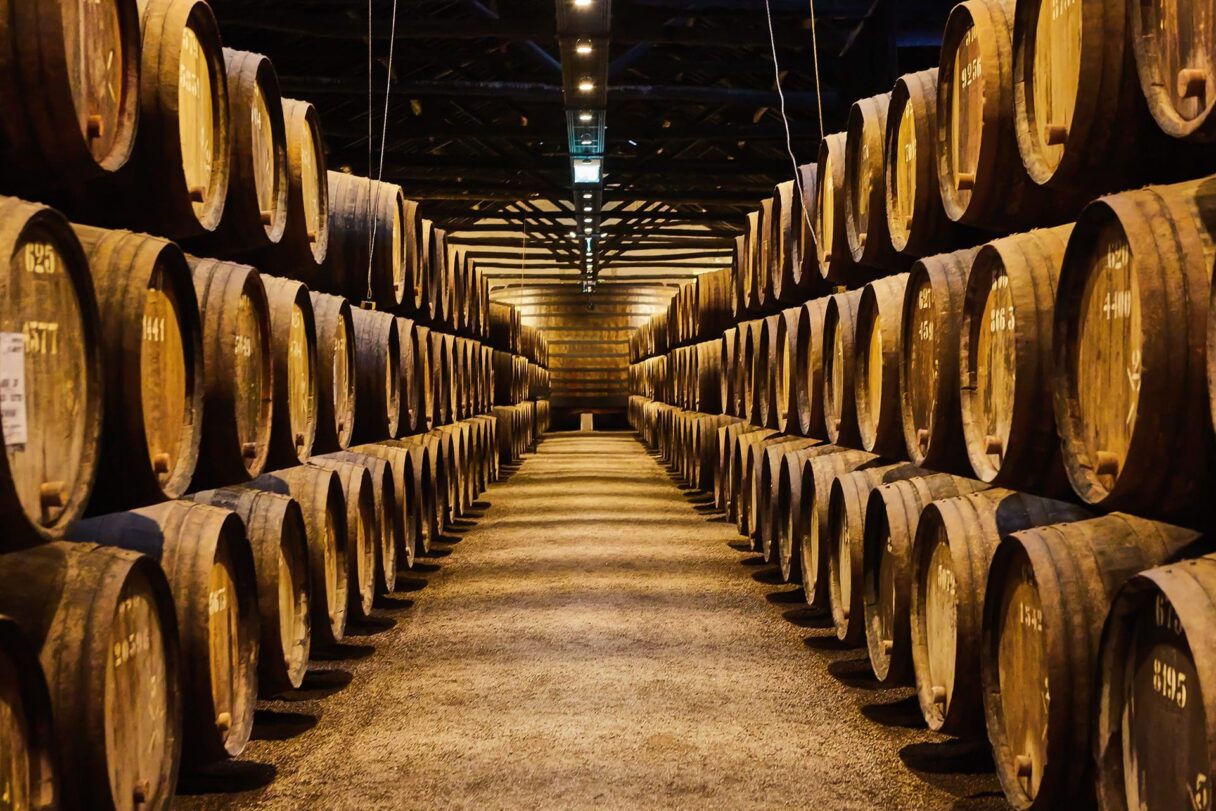
How do you identify a good whisky?
Identifying a good whisky can be a subjective matter, as it often depends on personal preference. However, there are certain characteristics and factors to consider that can help in determining the quality of a whisky. First, consider the nose or aroma of the whisky. A good whisky will have a pleasant and complex aroma that is indicative of its flavour profile.
Next, consider the taste. A good whisky will have a balanced flavour profile that is neither too sweet nor too harsh. The finish, or the aftertaste, is also important. A good whisky will have a long, satisfying finish that lingers on the palate.
By considering these factors and paying attention to the aroma, taste, finish, balance, complexity, age, smoothness, quality of ingredients, and reputation, you can begin to identify and appreciate a good whisky.
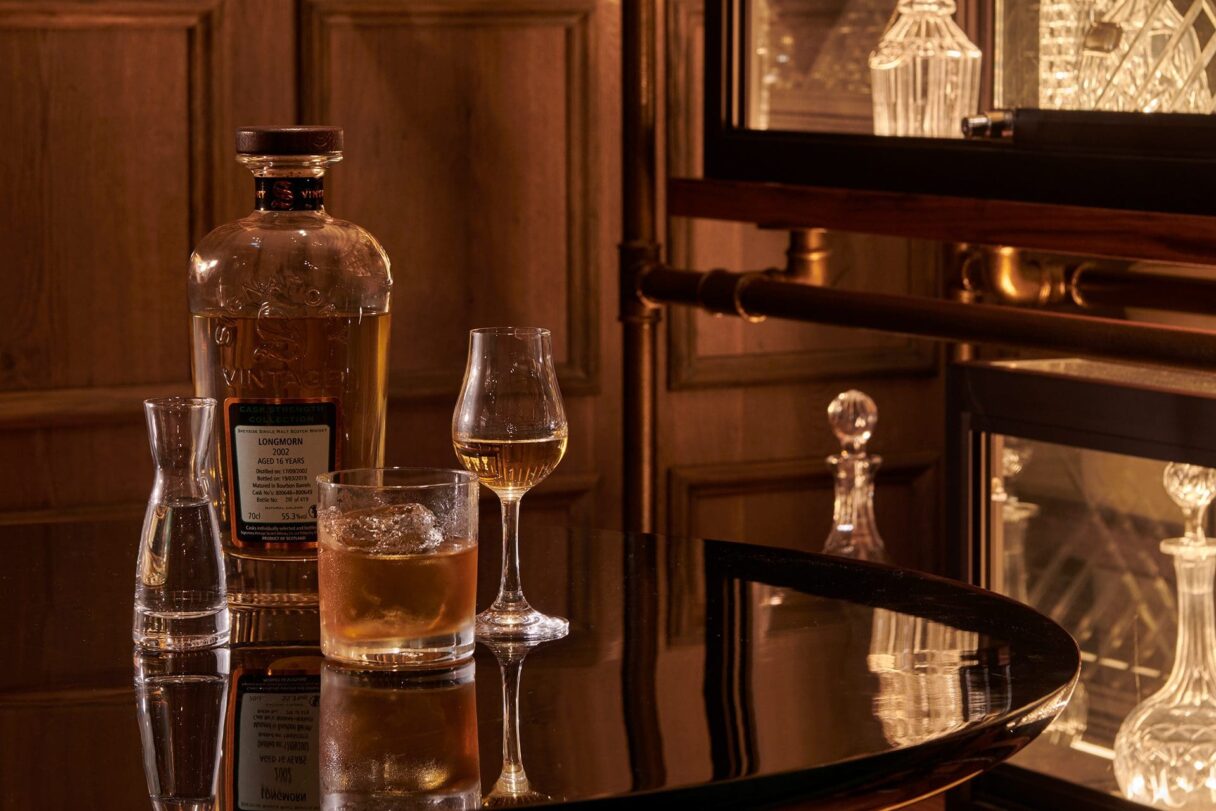
What do the different colours of whisky mean?
Whisky can range in colour from clear or colourless to dark brown, and each colour denotes a different type of whisky with its own unique characteristics and flavour profile. The colour is primarily determined by the type of cask used for ageing the whisky. For example, whisky aged in a new oak cask will have a darker colour than whisky aged in a used cask. The colour can also be affected by the length of time the whisky spends in the cask. Generally, darker whiskies are older and have spent more time in the cask.
The colour of whisky is a great starting point for clues about the age, style, and flavour profile of the whisky.
What is the difference between Scottish, Irish, and Japanese whiskies?
Scottish whisky is known for the breadth and diversity of its flavour profiles which can be attributed to the different regions where it is produced. The different regions of Scotland produce whiskies with distinct flavours, such as the light and fruity whiskies of the Lowlands, the robust and peaty whiskies of Islay, the richness of flavours from fruit and spice to smoke and peat of Highland whiskies, and the complex and balanced whiskies of Speyside.
Irish whiskey is known for its smooth and mellow flavour, which comes from triple-distilling the whiskey to produce a purer, cleaner spirit. The flavour profile of Irish whiskey can range from light and fruity to rich and spicy with notes of vanilla and caramel.
Japanese whisky is often characterised by a focus on balance and complexity, using locally-sourced ingredients, such as Japanese oak and water from nearby springs. This results in a unique flavour profile that is often described as a combination of Scottish and Irish whiskies. Japanese whisky has gained a reputation for its high quality and unique flavour, which blends traditional Scottish whisky-making techniques with Japanese precision and attention to detail. Japanese whisky often has a delicate and complex flavour, with notes of fruit, spice, and oak.
What should you look for when buying whisky?
When buying a whisky, it is important to consider your personal taste preferences. If you prefer a smoky flavour, you may want to look for a whisky from the Islay region of Scotland. If you prefer a sweeter flavour, you may want to look for a whisky from the Speyside region. It is also important to consider the age of the whisky. Generally, older whiskies are more expensive but may have a more complex flavour profile. Finally, consider the price. While expensive whiskies may be of high quality, there are also many affordable options that are excellent choices for beginners.


